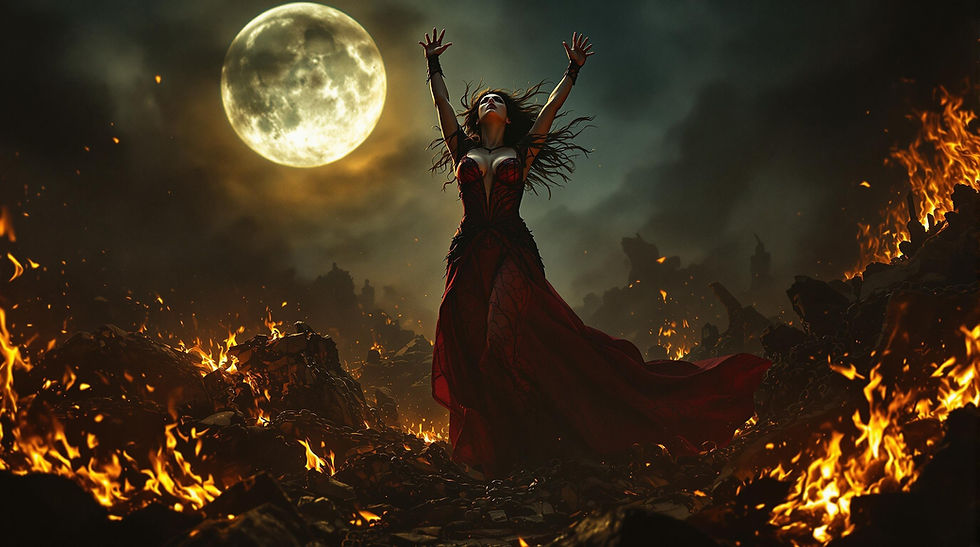Fatma Begum: The Forgotten Mother of Indian Fantasy Cinema
- Sapna Moti Bhavnani

- Apr 26
- 1 min read
Updated: May 4
by Sapna Moti Bhavnani

Before Bollywood learned how to dream in Technicolor, before horror was reduced to latex masks and thunderclaps, there was Fatma Begum.
In 1926—when women on screen were rarer than flying carpets—Fatma didn’t just act. She wrote, directed, produced, and launched her own production house, Fatma Films. Her debut, Bulbul-e-Paristan (Nightingale of Paradise), was a lavish fantasy epic, packed with early special effects that, if surviving prints are to be believed, placed her shoulder to shoulder with pioneers like Georges Méliès. Not as a footnote. As a forerunner.

While Bulbul-e-Paristan is now lost to history, Fatma didn’t stop at one miracle.She directed multiple films—Goddess of Luck (1929) among them—quietly building India’s earliest experiments with fantasy and surrealism, long before genre was a respected word.Even after starting her own production company, she worked with Kohinoor Studios and Imperial Studios, appearing in Duniya Kya Hai? (1937), and finally, in Diamond Queen (1940), under the name Faima.
No handouts. No studios handing her budgets on a platter.She made cinema where there was none for women.She imagined magical kingdoms when real women could barely claim a room of their own.

Fatma Begum wasn’t waiting for a revolution. She was the revolution.She built the portal—we just forgot to walk through it.




Comments